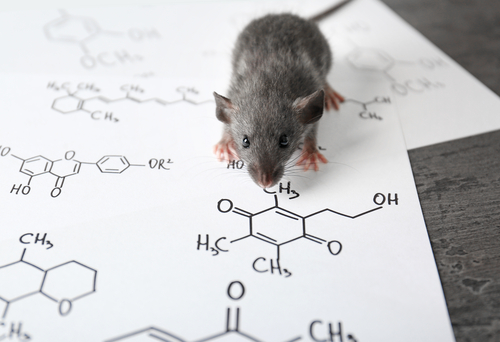Inhibiting Enzyme Prevents Additional Lung Scarring, Chicago Study Finds

Inhibiting an enzyme called phosphoglycerate dehydrogenase prevented additional lung tissue scarring in a mouse model of pulmonary fibrosis, a study reports.
The discovery means scientists might be able to develop a PF therapy by targeting the enzyme, which is involved in metabolism, or transforming food into energy. The enzyme is also known by its acronym PHGDH.
Researchers reported their findings in an article titled “Inhibition of PHGDH Attenuates Bleomycin-induced Pulmonary Fibrosis” in the American Journal of Respiratory Cell and Molecular Biology.
A hallmark of Idiopathic pulmonary fibrosis, or IPF, is an accumulation of fibroblast cells in the lungs. These cells’ overproduction of collagen protein leads to tissue scarring, or fibrosis.
Currently available therapies can reduce the progression of the disease, but their effects are limited.
To develop more effective therapies, scientists say they need to know more about the mechanisms underlying fibrosis.
Studies have shown that the TGF-beta protein helps trigger lung fibrosis. It does this with signals that prompt fibroblasts to engage in fibrosis-generating activity. But little is known about how this mechanism works, and how the body regulates it.
A University of Chicago team discovered that TGF-beta prompts fibroblasts to produce the PHGDH enzyme. The researchers also found higher than normal levels of the enzyme in the lung tissue of mice whose fibrosis was increasing.
PHGDH is involved in the production of an amino acid called serine that plays a role in fibrosis. Serine does this by producing another amino acid called glycine that is an important structural component of collagen.
Because PHGDH is crucial to both fibroblasts’ metabolism and collagen production, the researchers decided to see whether inhibiting the enzyme would slow or stop fibrosis.
They discovered that inhibiting the enzyme prevented additional TGF-beta-related scarring in both human lung fibroblasts in a lab and in mice fibroblasts. In fact, inhibiting it reduced mice’s lung collagen content almost to non-fibrotic levels.
“Our results suggest that PHGDH inhibition represents a novel therapeutic option for the treatment of organ fibrosis, such as IPF,” the researchers wrote.







